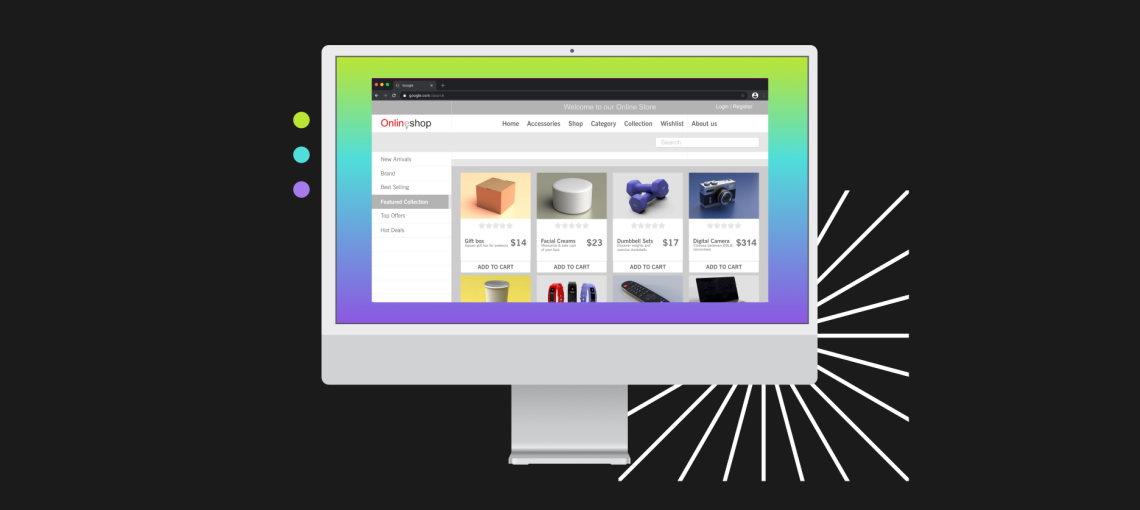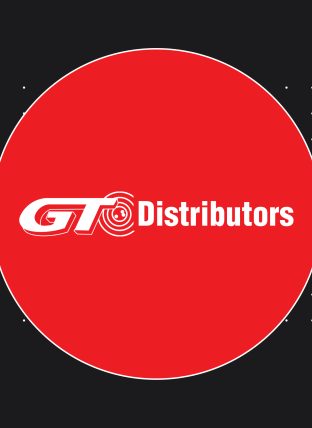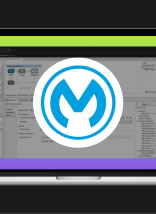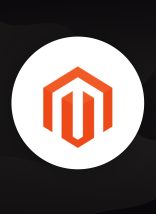Local or service-based SEO is fairly straightforward: you optimize service pages, start a Facebook page to drum up local interest, build some relevant links to pages, write some keyword optimized blogs, and ultimately cover the SEO basics.
But for something like an online learning system, a media platform, or eCommerce; SEO presents new challenges. The sheer breadth of these websites is a challenge in itself. All SEO tasks will have to be prioritized by effort and impact, regular audits become essential to stay on top of site health, and you’ll likely be coordinating with several internal or external marketers to keep things afloat.
Aside from page volume, eCommerce websites have a unique structure that presents industry-specific challenges. Digital ads will be closely tied to your revenue and technical SEO becomes a priority.
Take a peek at 5 of the top challenges that eCommerce SEO experts face and how they are handling them.
1. Implementing custom product descriptions.
Custom product descriptions are an opportunity to create unique content on product pages. Custom descriptions will also help you add several relevant keywords in one place.
Better still, you can incorporate some tricks in your product descriptions to make them convert – such as using sensory adjectives or suggesting some common product uses, helping buyers picture a product in their everyday lifestyle.
Here are some methods to create a consistent practice of unique product page content.
Train site users for SEO.
Train the people who actually upload products and add descriptions in keyword research. For example, we wrote a blog on SEO basics for this reason. We can share these simple tips with clients who have larger site sizes so that they can train blog writers to incorporate best practices.
A blog post isn’t always the best way to train. Try having an SEO expert audit some existing pages and show teams how they would fix them. Showing tangible examples is usually easier to digest than having people read an overview.
Make sure you house a writeup or presentation as an internal resource. SEO is complicated, and you’ll need to make it easy for learners to refer back to this material.
Automate unique descriptions.
A unique description does not necessarily need to be manually written. There are a plethora of tools and AI solutions that could be implemented to help. For example, these four software businesses offer Natural Language Generation (NLG) product descriptions:
Boost custom product reviews.
If you have enough good reviews on a page, you may eliminate the urgency for a custom description.
While a high quality product may generate reviews on its own, using a tool like Power Reviews to ask for feedback after a purchase is a better way to ensure ratings.
Remember to ask customers to write something a few paragraphs long… or provide them with an example.
2. Prioritizing keywords with thousands of products.
There’s no single correct way to zero in on certain products. But here are some options to help you prioritize:
- Pick keywords around your largest revenue-driving product
- Pick keywords involved with a new product you are trying to grow
- Pick keywords that are the easiest wins for your business – or “keyword mapping”
eCommerce keyword mapping.
Pick an “easy win” keyword by looking at traction you’ve already built. Do you have any page 2 rankings for promising keywords? You might be able to bring them to page 1 with a simple internal linking strategy.
Focus on product landing pages.
Another approach is to manually optimize product landing pages, given there is a manageable amount. These will be your high level category pages.
Optimizing these landing pages eliminates the issues of having similar products compete with each other. If your site offers a high volume of similar products, this is probably your best bet.
3. Defining an unclear blog strategy.
What is the goal of your eCommerce blog? Likely, you’ve discovered that a blog is the easiest way to get unique content on your website in bulk. It’s also a great way to attract organic traffic from buyers in the “awareness” phase.
Maximize the ROI of your blog by using it for internal linking opportunities and faster conversions.
Boost sales by internal linking in your blog.
Backlinking from external sources can help boost the authority of your web pages and demonstrate relevance. Internal linking is an easier way to do the same thing, helping you capitalize on the authority you’ve already built.
First of all, find blogs that have the most or highest quality backlinks to start with. These will be easy to pick out because they likely generate the most traffic.
Then, link these top blogs to products that you’d like to focus on using keyword anchor text.
The keyword anchor text will signal relevance to search engines, and the blog posts’ backlink authority will pass through to the product page.
Conversion optimization in your blog.
Boost product conversions throughout your blog by incorporating featured product callouts, adding a recommended product widget in the blog, or adding popups with limited offers and coupon codes.
You could also go the longer (but less pushy) route: gather newsletter signups on your blog and nurture them with emails including offers and featured products.
4. Optimizing URL structure.
There are a couple of optimal URL structures for eCommerce.
Most optimized eCommerce stores today are using one of these two structures:
- storename.com/category/sub-category/product-name
- storename.com/product-name
Using the first option works like a breadcrumb, showing users exactly where they are on the website.
On the other hand, the second option can keep your URL short and reduce confusion (especially if you have many levels of categories on your site). To give you some more schema markup opportunities, you can use a breadcrumb on your product page along with this shorter URL.
For instance, Best Buy uses this URL structure for a product page:
Also note that Best Buy is a large website with similar products. They need to add unique identifiers like an SKU in the URL to prevent duplicates.
Should you restructure if your site is organized differently?
Changing your site structure and implementing a high volume of redirects will hurt your SEO initially. However, cleaning up your website should pay off over time if you’re willing to take a temporary hit. And if you’re already suffering in the organic department, you have nothing to lose!
5. Third-party scripts are slowing down your website.
With sales tied closely to marketing spend, you probably have all sorts of third-party scripts to track conversions (Google ads, Linkedin, Facebook, etc.). An easy precaution to take is uploading scripts in Google Tag Manager so that marketers can pause them when they are not in use.
A Google study proved that 53% of mobile ad clicks immediately exited when load times exceeded 3 seconds. Now calculate your site conversion rate and average sale to determine the revenue impact.
Site speed is worth the investment! And as frequent deployments can affect your site speed, the only way to stay on top of it is to perform regular audits. We recently compiled a prioritized list of 6 key factors to boost website performance to give your team a starting point.
Marketing and Development are tied closely together.
You’ve probably noticed that all of these SEO best practices are closely tied to eCommerce web development. For this reason, you’ll need to rely on a development team that is well-versed in eCommerce SEO, or make sure that you’re investing in appropriate training.
Ready to get the ball rolling? Give us a call – we offer free consultations to get started building your eCommerce digital strategy.









